Stop deadlifting like a dummy - part 2
In our last post we talked about how elevating the bar could help improve your hip hinge and make the deadlift safer for your lower back. This week, we have:
#2: Check your Set-up Position.
Too many people approach the deadlift as a “grip it and rip it” lift. Here are some tips for achieving a good setup position so that your muscles can work as efficiently as possible while performing the lift.
When you approach the bar, line it up with the middle of your foot arch. Your stance should be between hip and shoulder width apart (we’re going conventional deadlift here). Depending on a number of factors you may be more comfortable with your feet closer or farther apart. This might take some time to figure out.
The weight should start over the middle of the foot.
Starting with the bar too far back will cause the lift to be off-balance.
Slightly bend your knees until your shins touch the bar. The bar should not move from over the middle of your foot arch.
Hinge from the hips as you reach down to hold the bar. Hands will likely fall to shoulder width apart or just outside your shoulders.
Take the slack out of the bar. Pull up on the bar and push into the floor with your whole foot until you hear a “clink” between the bar and the plates. The plates should not leave the floor yet. Think of squeezing your shoulder blades together and not allowing your tailbone to curl underneath you (maintain a “neutral spine”).
As you complete the lift, think of pushing the floor away with your legs and keeping the bar as close to your body as you can.
Questions? Concerns? Struggling with your deadlifts? Click below to schedule a FREE phone consultation with us!




